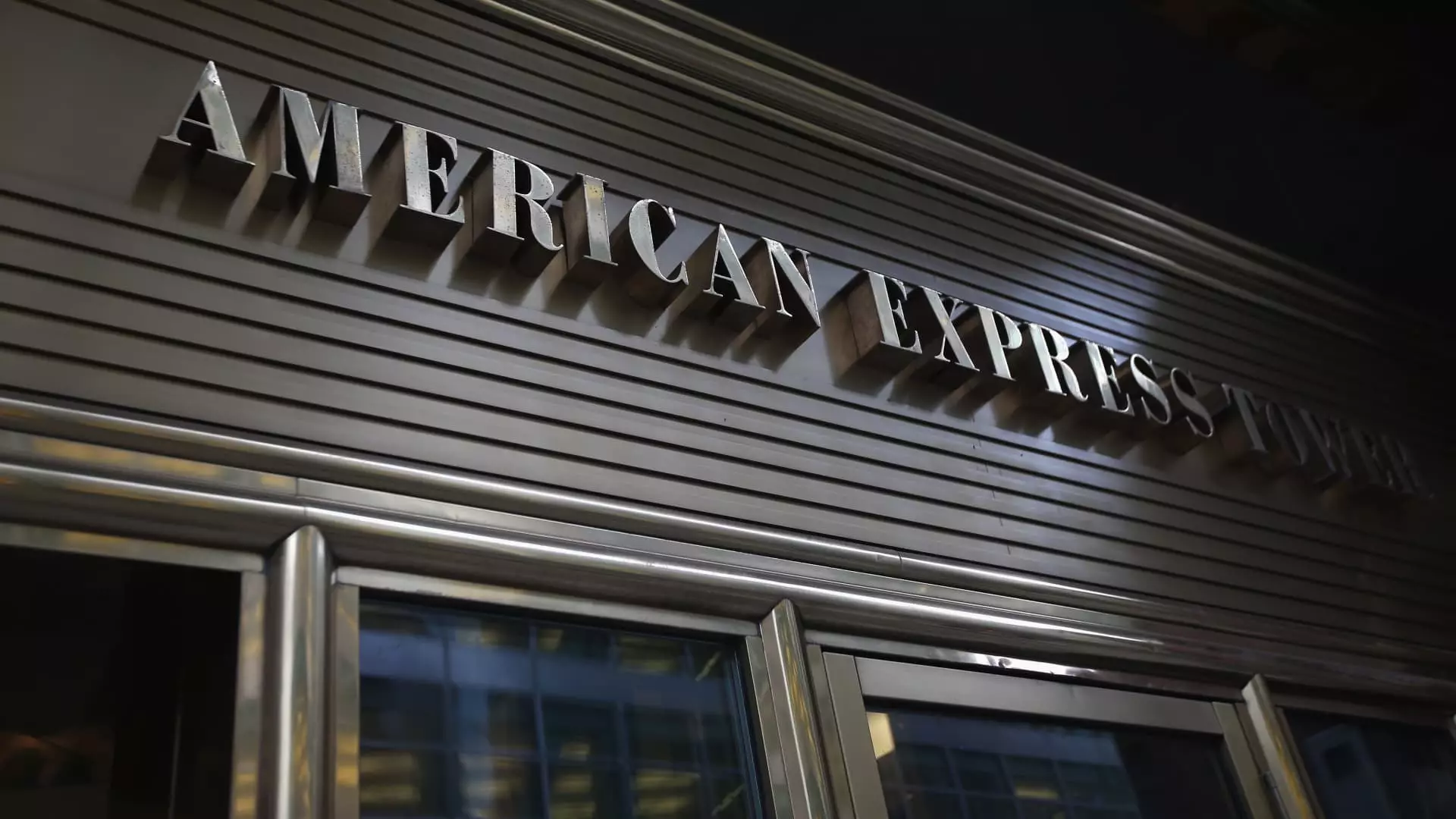Despite rampant fears of an impending economic downturn fueled by international trade disputes and stubborn inflationary pressures, American Express (AmEx) offers a refreshing example of resilience in consumer spending. According to Chief Financial Officer Christophe Le Caillec, affluent cardholders are still willing to open their wallets, showcasing a 6% rise in billed business during the first quarter. Certainly, this upward trend represents a significant affirmation of confidence amongst wealthier customers, a demographic often protected from the more erratic waves of economic uncertainty.
What stands out is the surprising contribution from younger demographics, particularly millennials and Gen Z. Their spending surged by an impressive 14%, suggesting that as financial landscapes shift, so too do the priorities and habits of younger consumers. This group appears to prioritize experiences over material goods, a sentiment echoed through their dining expenditures, which increased by 8%. Such discretionary spending reflects a fundamental belief in the value of social engagement and life’s enjoyable moments, even amidst potential financial turbulence.
Contrasting Spending Behaviors Among Generational Lines
As encouraging as these spending figures are, they reveal a significant generational divide. While younger cardholders seem to adopt an optimistic approach toward spending, older generations—such as Gen X and Baby Boomers—are exhibiting caution, with modest increases of 5% and an even more tepid 1%, respectively. This trend undeniably reflects the cautious nature born from having weathered past economic storms more directly than their younger counterparts.
The differences in spending behaviors raise compelling questions about consumer confidence across demographic lines. While younger generations have tended to embrace risk in favor of memorable experiences, older generations remain anchored in a more conservative spending posture, likely influenced by their lived experiences with economic downturns and personal financial responsibilities. Such behavioral divides could influence market dynamics, indicating not just who is spending, but how trends may shape businesses and industries in the future.
The Shadow of Tariffs: Are Spending Patterns Sustainable?
However, the potential cloud of economic turbulence remains, with tariff uncertainties threatening to cast doubt on future spending. Le Caillec noted that while AmEx’s customers have demonstrated unwavering strength, the possibility that purchases are being pulled forward due to tariff-related worries introduces an element of volatility. This raises critical concerns about whether our current economic landscape is truly robust or simply an illusion propped up by strategic purchasing behaviors motivated by fear.
Furthermore, the airline sector specifically highlighted a significant deceleration in spending growth, registering only a 3% increase. Such a slowdown hints at a more complex consumer landscape; while some sectors thrive, others stagnate under external pressures. This discrepancy underscores the potential fragility of the spending landscape, reminding stakeholders that we must tread cautiously when interpreting recent growth as a definitive sign of health.
The spending patterns revealed by American Express invite both optimism and caution. As we explore the implications of these trends, it’s clear that for affluent consumers, the present may appear stable, but the road ahead remains fraught with uncertainties.


Leave a Reply